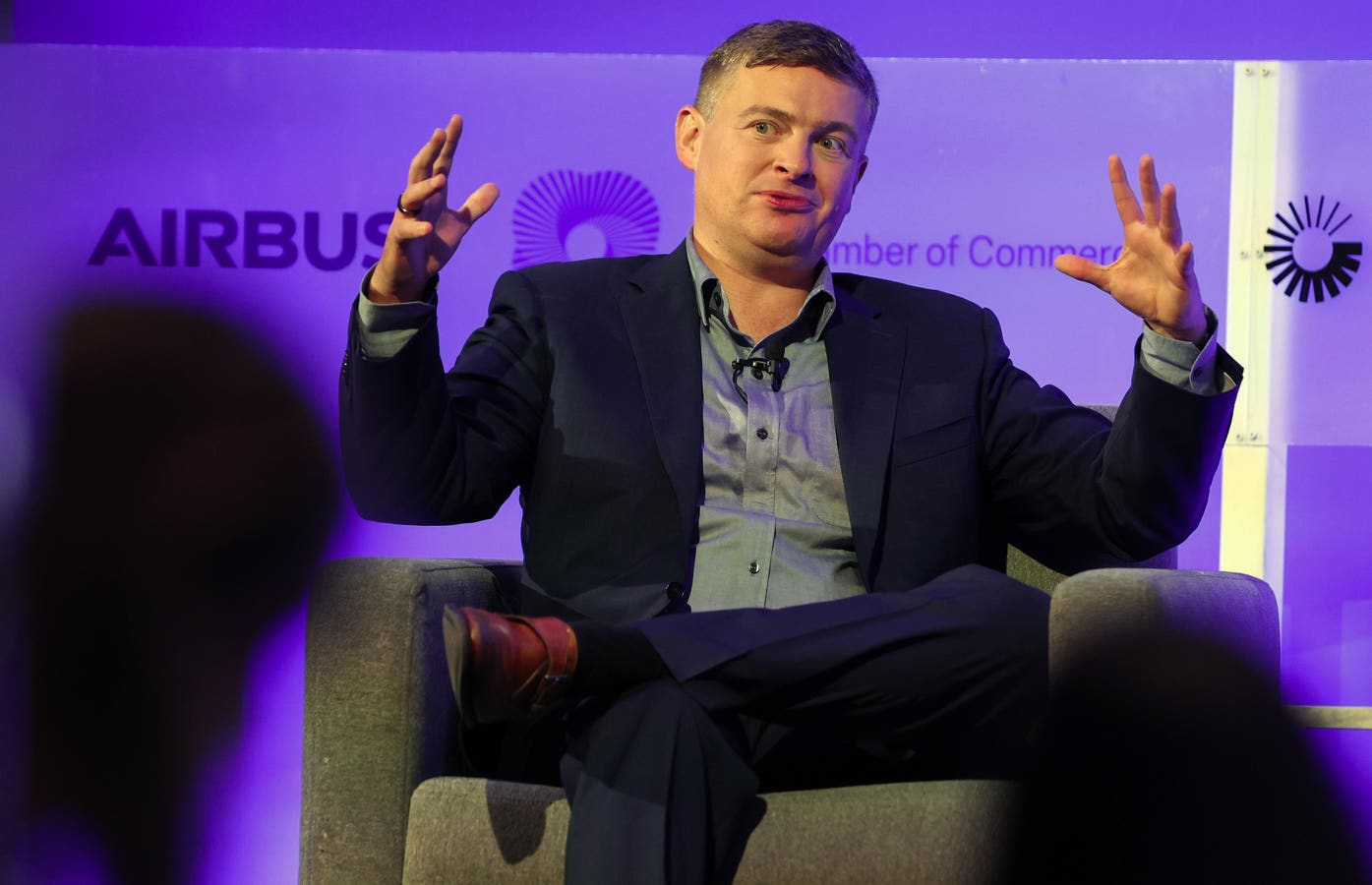Whatever one thinks of the likelihood that Boom Supersonic can sell its new airplane to airlines, it seems clear the company picked a good time to try.
“It’s never been more obvious that the world is not well served by the duopoly that we have in commercial aviation.” said Blake Scholl, founder and CEO of the Colorado startup that wants to build supersonic aircraft in North Carolina. Boom celebrated the opening of its Greensboro factory last month.
In recent years, Boeing and Airbus, the world’s two primary aircraft manufacturers, have failed to keep up with demand, frustrating airlines. Moreover, Boeing has transformed itself from an admired company to one that is condemned for putting financial objectives ahead of safety.
Boeing’s decline troubles Scholl. “It’s really sad,” he said in an interview. “Boeing, the number one U.S. exporter, used to earn its reputation for building the best products out there.
‘The why of the fall has been extensively reported on,” he said. “The most important thing is the safety culture: they most famously lost sight of that. Once you lose it, it’s very hard to get it back.”
For Boom, he said, “Safety culture is the most important thing, a fragile thing that you must take very good care of because one bad decision would undo a lot of progress.”
Moreover, as in every duopoly, “Nobody moves unless the other one moves,” Scholl said. Reminded that the Boeing 787 was innovative, Scholl responded that the Airbus response was to copy it.
The lack of differentiation is evident in the competition to sell aircraft, Scholl said. “Airlines come down to small percentage points” on cost to make deals, he said. Meanwhile, “The average passenger has no idea whether they’re on Boeing or Airbus because there’s not any difference.”
Nevertheless, “the history of attempting to compete with the big two head on is not good,” Scholl said. He cited the Bombardier C Series, “a beautiful airplane but a commercial failure,” that was eventually acquired by Airbus.
“I started Boom because I believed the world needed supersonic flight,” Scholl said. “I saw the big two copying each other, neither looking to leapfrog the other. The world is not well served by a duopoly where there is no incentive to build a leapfrog product.
“I have enormous respect for the old, good Boeing, the classic great Boeing,” he said. In fact, he said, former Boeing CEO Phil Condit “has become a close friend and advisor to Boom.” Condit, an engineer who spent 38 years developing aircraft at Boeing, resigned in 2003. His career coincided with Boeing engineering successes as well as Boeing missteps including the 1997 merger with McDonnell Douglas widely seen as tipping the scale from engineering to financial performance.
When the Boeing 707 first flew commercially for Pan American World Airways in 1958, it flew at about 550 miles per hour. Today’s most popular aircraft, the Airbus A320 and the Boeing 737, both fly at about 587 miles per hour. That’s not much of an increase, Scholl said.
“The 707 was the last time we had a step forward in helping people get around the planet easily,” he said. “It has been half a century since we have had a speedup in air travel.” The plan is for Boom’s Overture, seen as ready to fly around 2029, to operate at around 1,100 miles per hour.
Regarding Boeing’s safety failures, Scholl said, “The most important thing is how you treat your whistleblowers. You have to build a culture where people see problems, which famously has not been the case elsewhere.”
As an example of Boom’s commitment to safety, Scholl cited his actions preceding the first flight of Boom’s XB-1 demonstrator aircraft at Mojave Air & Space Port in California on March 22.
“We thought we would fly XB1 a few days before we did,” he said. “I was in Mojave and everyone expected us to fly soon. I kept tell the team, the airplane wants to fly, but if you find a problem we want to know about it. The taxi test final went well. So did the pre-flight inspection. Then one up and coming engineer was doing the final data review, and she discovered that a piece of backup’ equipment was working less than 100% of the time. She raised her hand and said ‘We have to fix this,’ and we all said thank you.
“This was backup equipment we never expected to use,” he said. “We could have shrugged it off, but that would have undone ten years of carefully working to build a safety culture. So she got on it. That cost us a bit less than a week. And we celebrated her. What makes the difference in safety is when the people who see them feel empowered to address them.”
Reminded that labor unions often provide support for addressing safety problems, Scholl responded, “It comes down to the culture of the team and their relationship with leadership. I think it’s important to have a close relationship with the team, and that’s the approach we’ve taken. “
For U.S. aircraft manufacturing, the start of the 20th century, was “an intense period where a lot of new companies got created,” Scholl said. They included Lockheed in 1912, Boeing in 1916 and Douglas in 1921. For several decades, he said, “there was a high rate of product innovation and speeds kept going up.”
As in many industries, the focus eventually turned to consolidation.
The point here is not to assume that Boom Supersonic will succeed. That is far from certain. But when industries ossify, it’s not unreasonable to imagine that one day an innovator will step in and shake things up.
Read the full article here





